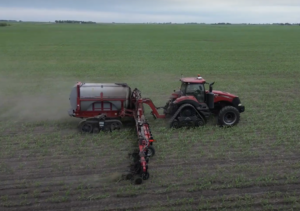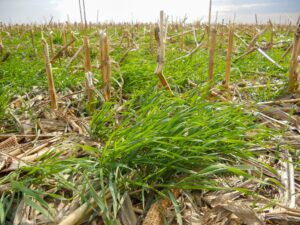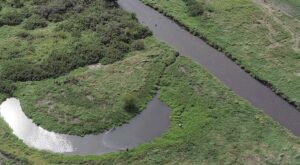By: 4R Plus
October 2021
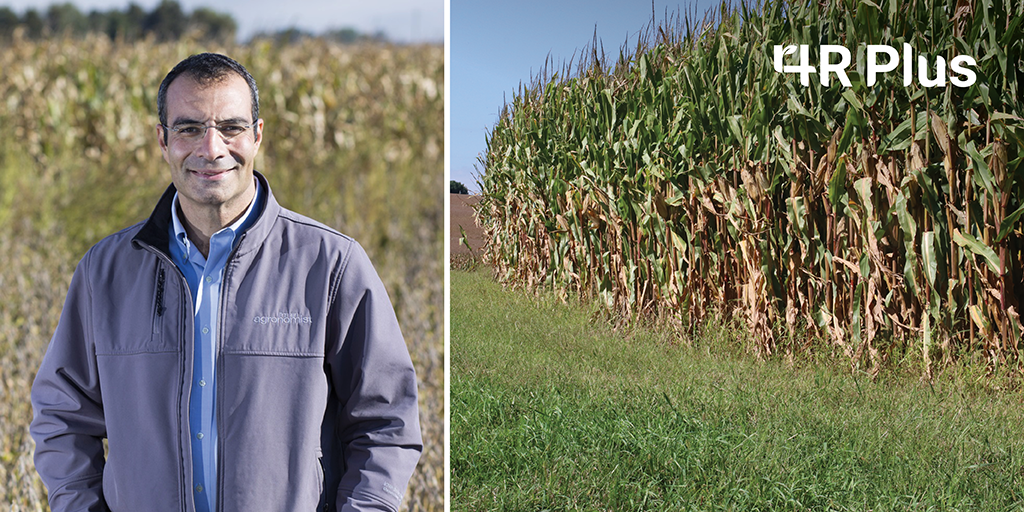
The drought of 2021 continues to impact Iowa agriculture and water quality. Experts want to get the attention of farmers, ag retailers and certified crop advisers (CCAs) before they fall-apply nitrogen (N). There could be an opportunity for farmers to spread out or delay input costs, and they also want to avoid sending excess N downstream that the soil is currently holding.
Soil retains more nitrogen during a drought
Iowa State University (ISU) professor of agronomy Michael Castellano said, based on their research, there are clearly areas of Iowa that have large amounts of fall residual nitrogen in the soil due to the drought. “We know that during a drought year, the soil retains more nitrogen for a number of reasons,” he said. “Not only does the crop utilize less nitrogen, but there is also a major reduction in the amount of nitrogen lost to leaching and denitrification.
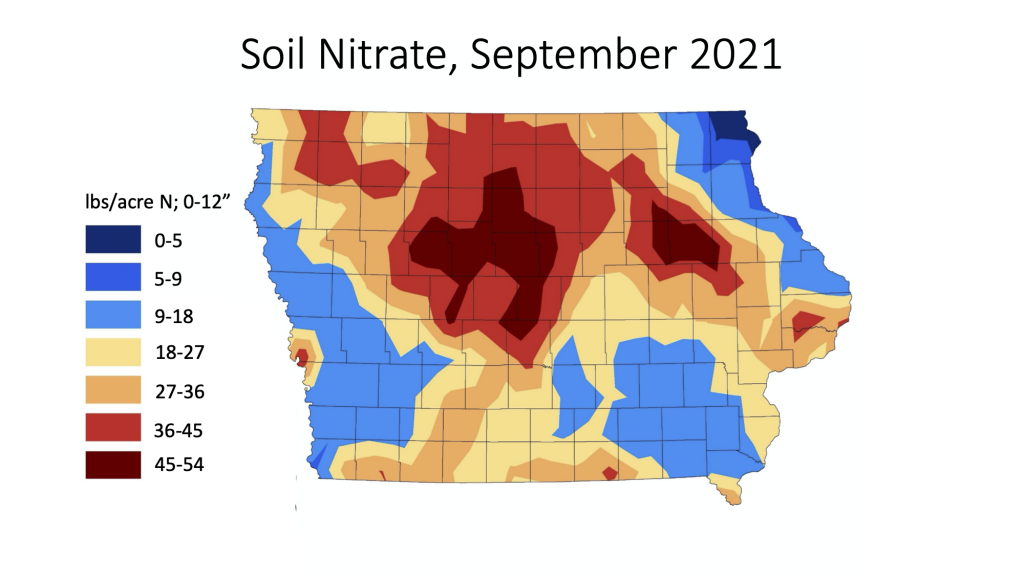
“As a result, we encourage farmers to have their soil tested before making fall fertilizer application decisions that not only impact the environment, but also farmers’ profitability,” he added.
During an average year, denitrification occurs at a rate of about 30 pounds per acre. “But during a drought, we have less nitrogen losses to the atmosphere, to the waterways and in the root zone to the plant and eventually the crop,” he explained.
A little more than half a pound of nitrogen is removed in each bushel of corn harvested. “For a farmer that applies 200 pounds of nitrogen an acre and has 200 bushels per acre corn yield, in this example, there could be nearly 100 pounds of nitrogen still residing in the soil,” Castellano said.
Fertilizer management begins with a soil test
Shawn Richmond, environmental services director at the Agribusiness Association of Iowa, encourages farmers to work with their ag retailer or certified crop adviser to test soil this fall to verify N levels, which is the first step in putting together a plan.

“Fertility decisions are always important, but especially following drought conditions,” Richmond said. “We encourage farmers to take advantage of residual nitrogen and consider split applications of nitrogen in the fall, spring or even during the growing season to provide the crop what it needs, when it needs it.
“Split application is becoming more common because it gives farmers a better opportunity to fine-tune the nitrogen needs for our crops based on the weather pattern for any given year,” he added.
Avoiding a repeat of 2013 drought
Agronomists and water quality experts are sounding the alarm and sending urgent messages to the agriculture community in an effort to avoid a repeat of 2013, which followed a drought year. “2013 was a relatively wet year and the nitrate load to the Gulf of Mexico increased by nearly 300% from 2012,” said Castellano. “During the same period, flow-weighted nitrate concentrations in Iowa watersheds increased by more than 80%.”
The U.S. Environmental Protection Agency nitrate standard for primary drinking water from public water supplies is 10 parts per million (ppm). In 2013, the nitrate levels in the Raccoon River and Des Moines River were over 10 ppm for roughly three months.
“There are major consequences of drought on environmental outcomes and with improved management we can do our best to avoid the worst,” added Castellano.
Cover crops mitigate nitrate risk
Cover crops also provide a means of scavenging and holding excess nitrogen in the soil so it’s available for the following crop instead of moving downstream. Castellano said a well-managed cover crop can easily retain more than 25 pounds of nitrogen an acre and has additional soil health and economic benefits.
CCAs can learn more about the importance of the 4Rs of nutrient management and the “Plus Side” of conservation practices and earn a total of 2.5 credits in the Soil and Water Management or Nutrient Management categories by successfully completing the 4R Plus CCA course.
Learn more about the predictive tools ISU has created to determine and evaluate nitrogen conditions on a regional basis.

